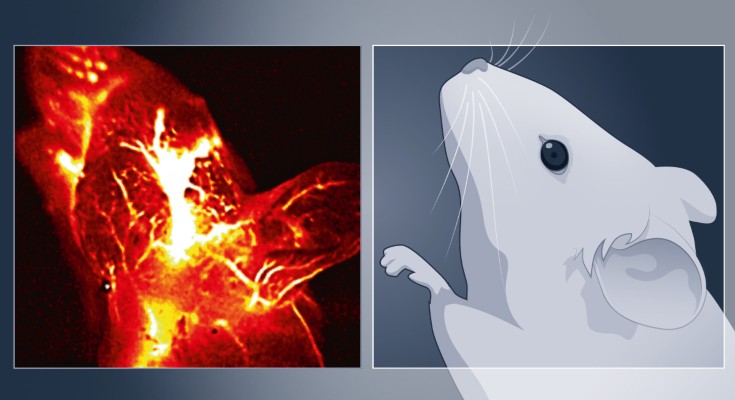
Near-infrared II fluorescence imaging
Fluorophores that emit in the second near-infrared window can be used to image deep tissue structures with high resolution and improved contrast.

Fluorophores that emit in the second near-infrared window can be used to image deep tissue structures with high resolution and improved contrast.